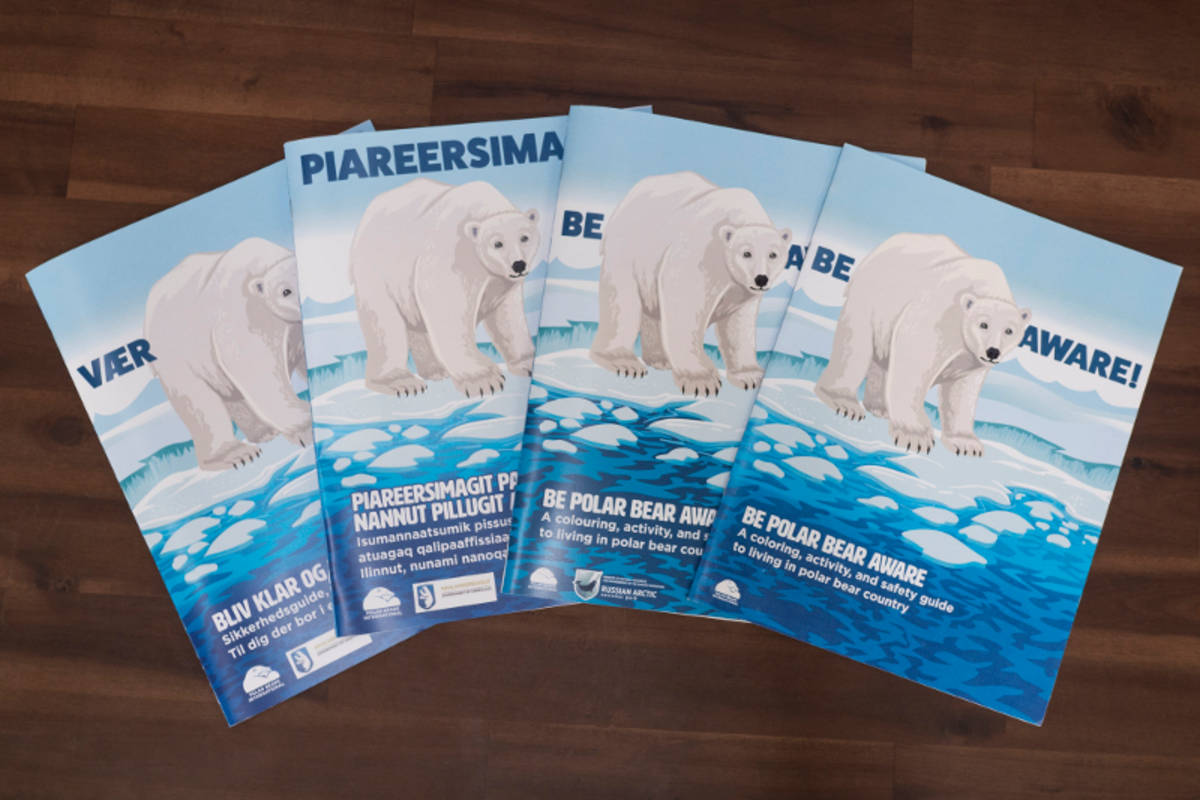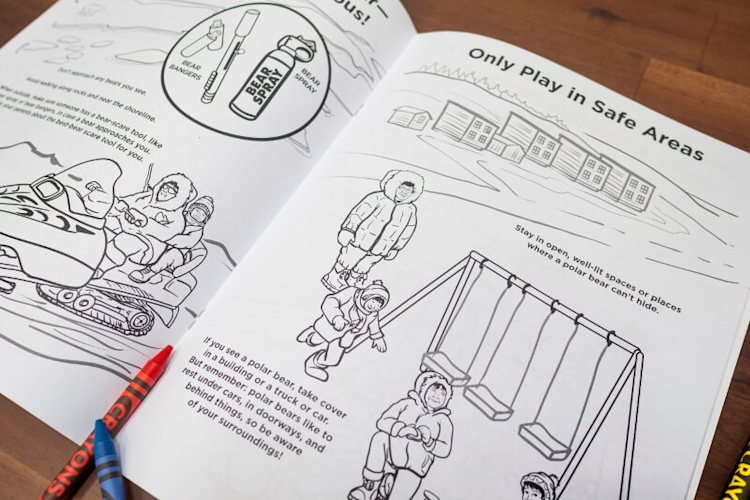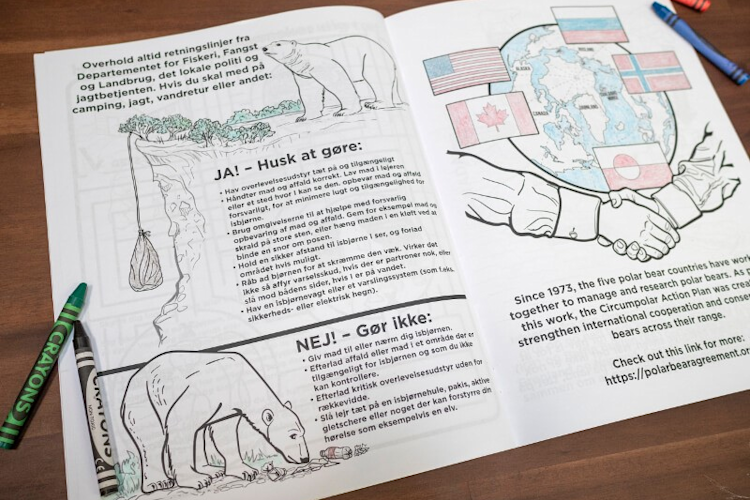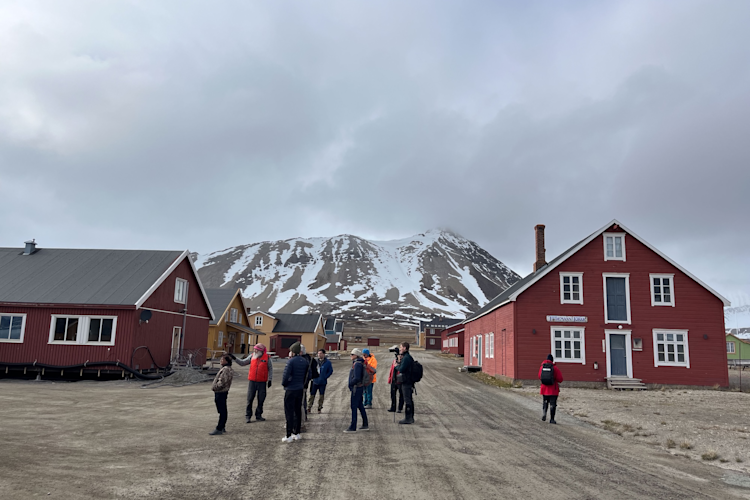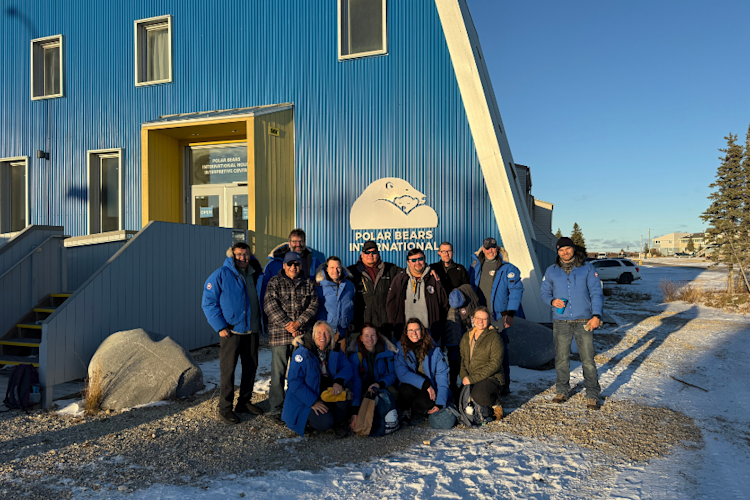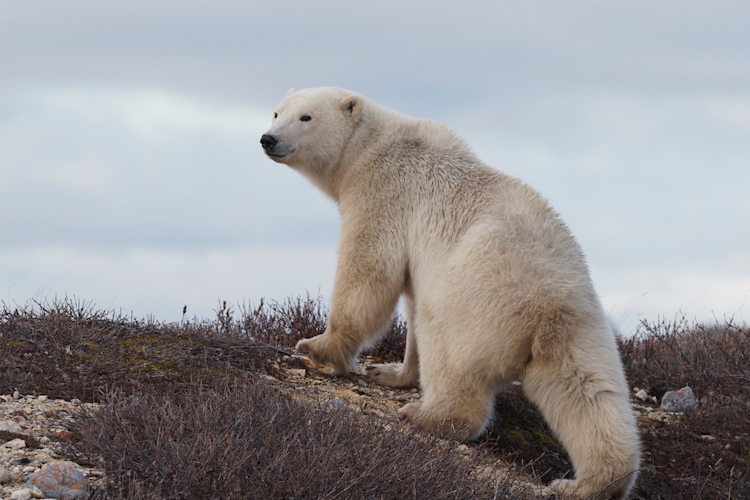As snow slowly melts and the sun hangs in the sky longer each day, more laughter is heard outside. Kids scramble over playgrounds that have finally been freed from their icy prisons. They ride their bikes up and down the sidewalks, play tag, and kick balls. It’s a carefree time for parents and children alike. But not every community has the same experience.
While the beginning of spring is usually cause for celebration, in some northern regions it can also bring heightened awareness and potential danger. Throughout the Arctic, many communities know that with the melting of sea ice comes the polar bears. And nobody wants polar bears on their playground.
Across the Arctic, the summer’s ice-free period is lengthening as the climate warms. As a result, polar bears are spending more time on land in some regions, where they increasingly run into conflicts with people. Patrols, firearms, bear spray, and dogs can be used as deterrents to help keep people safe from polar bears, but these options can be expensive and such tools can’t be used by children. Parents teach their kids about safety practices, but they’ve also found that such guidance can be significantly reinforced and supported by complementary, and fun, learning materials.
